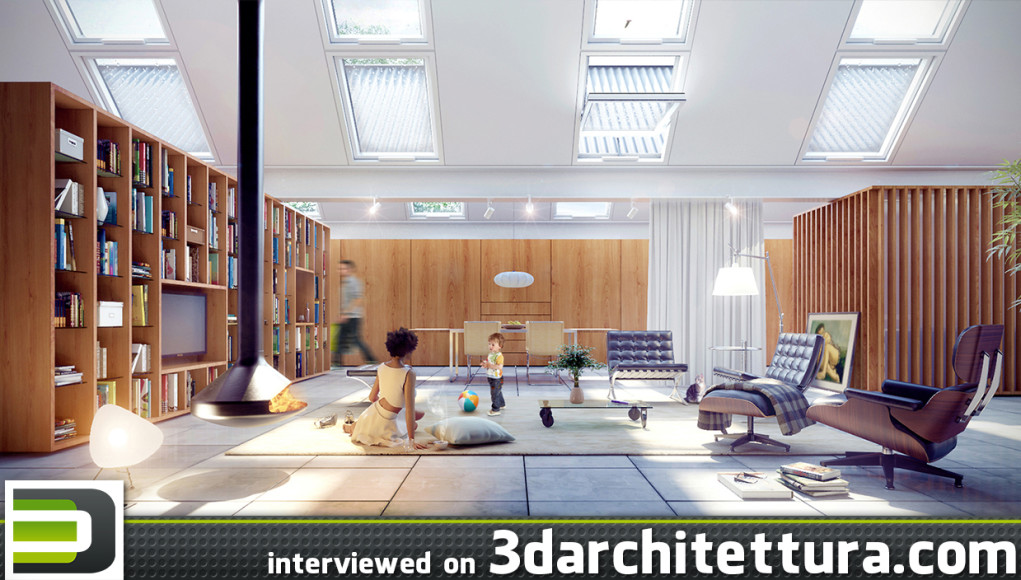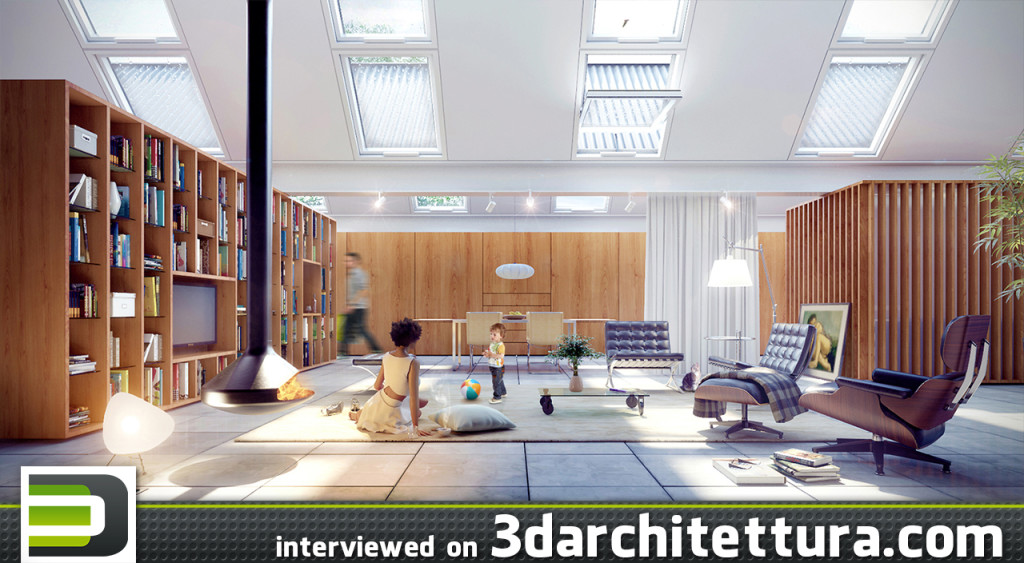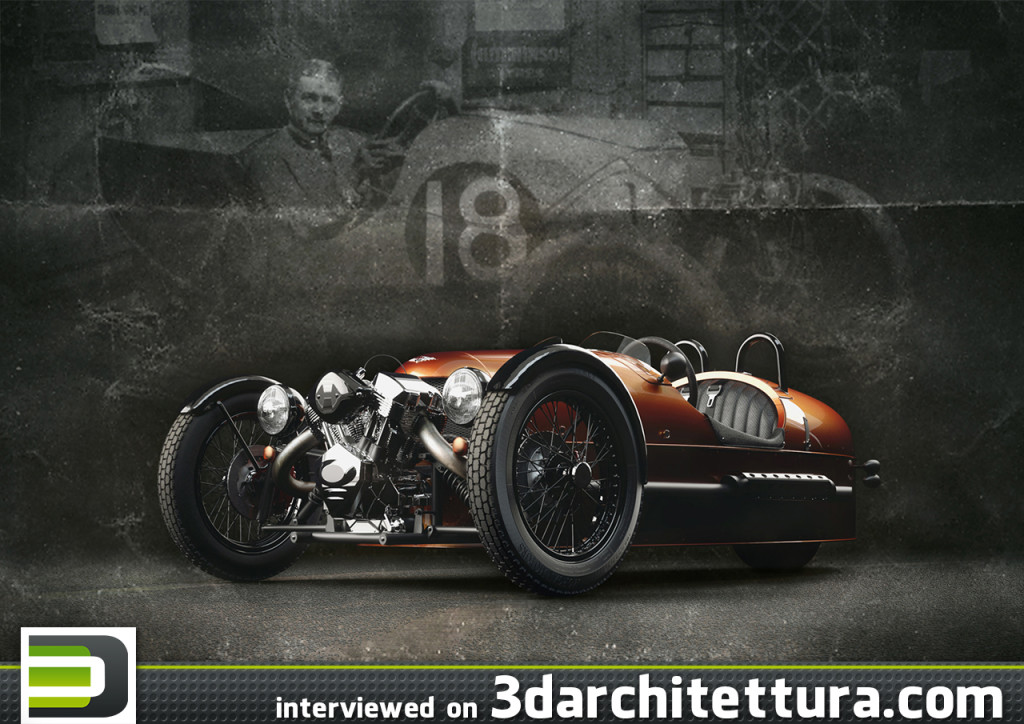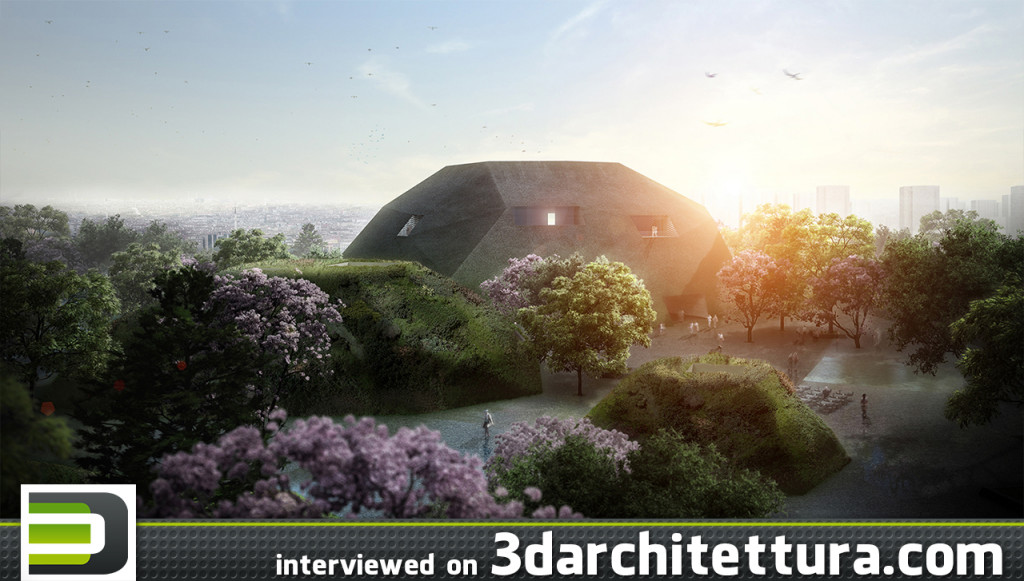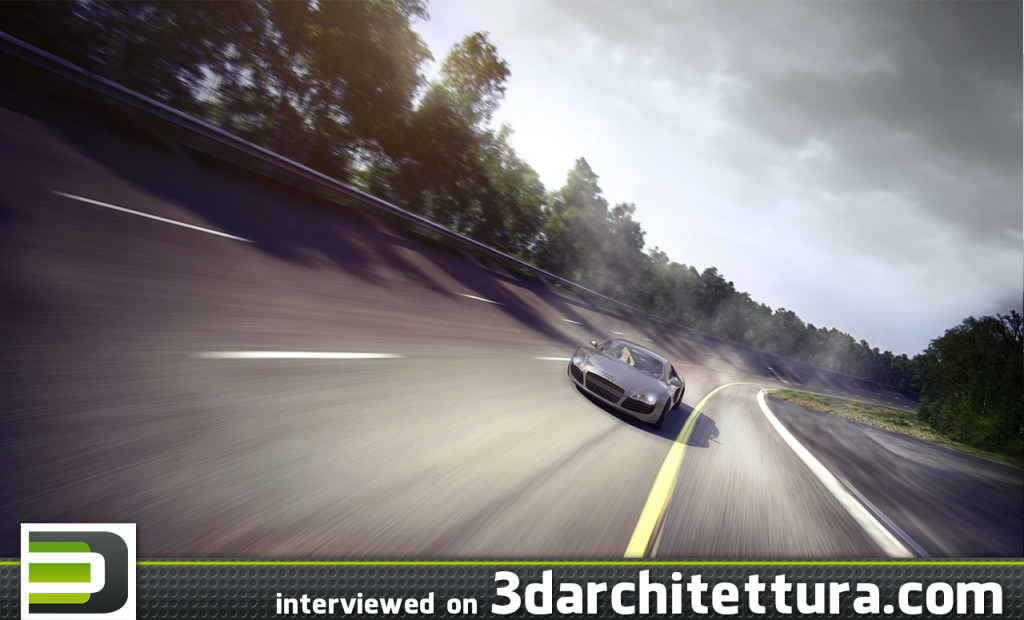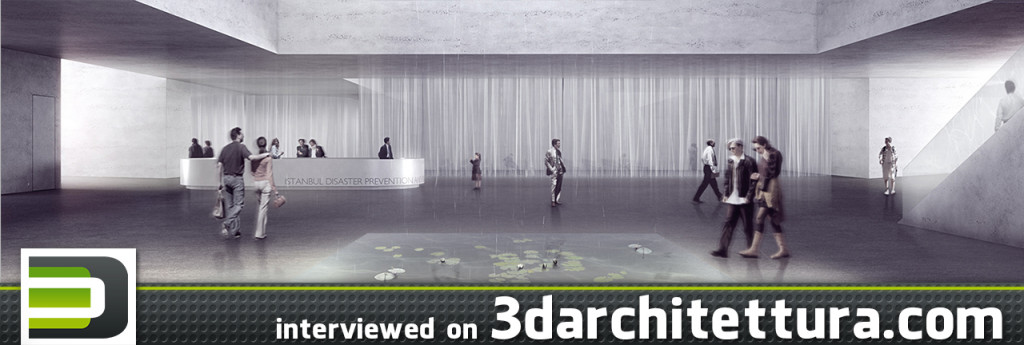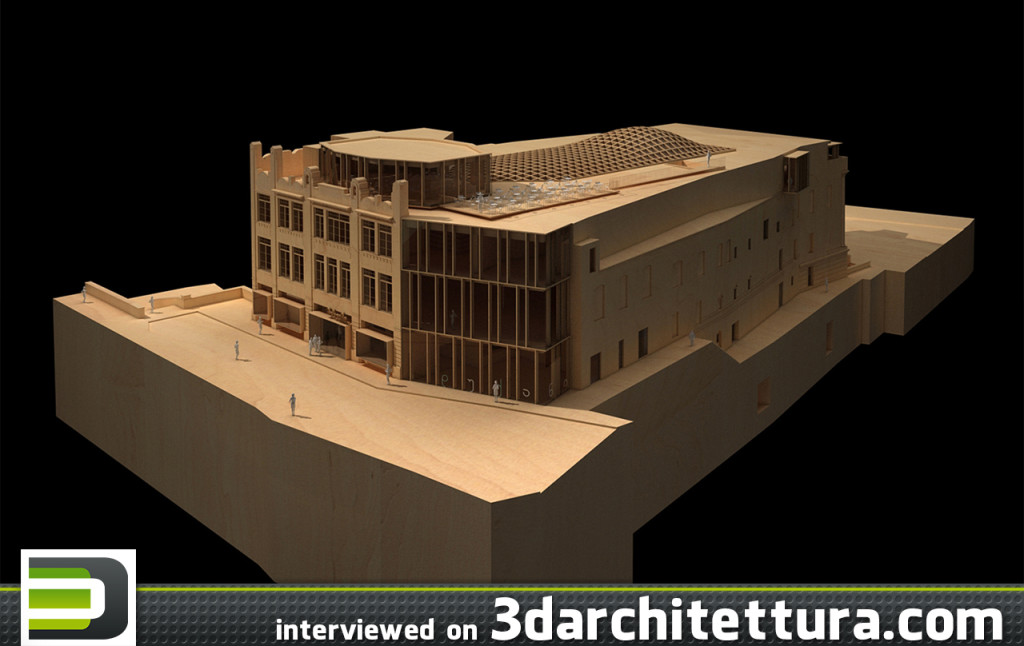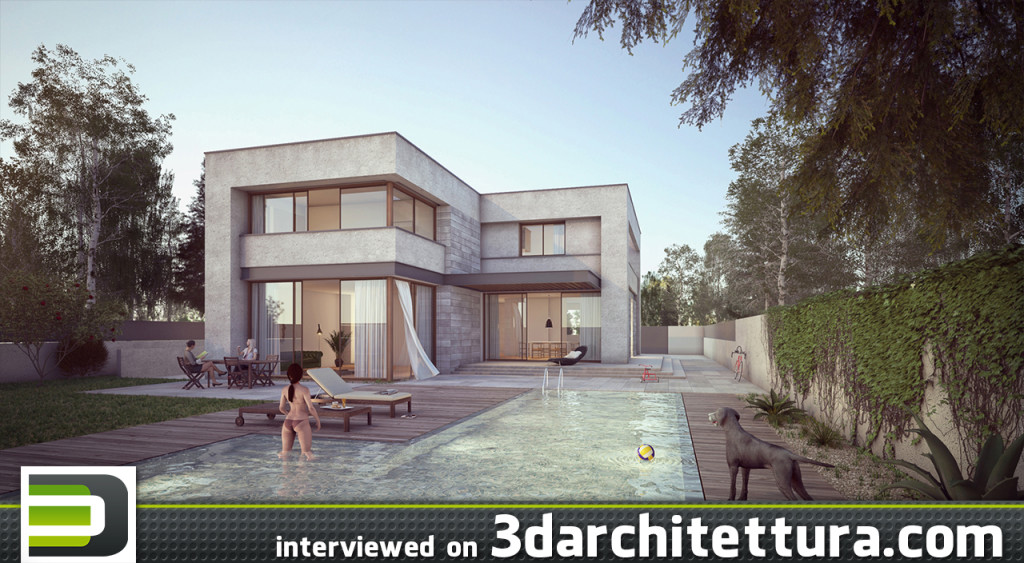Name: Germano Vieira
Age: 35
Country: Portugal
Job: 3D Artist / Architect, CEO and Founder of PICSIMstudio
Website/Portfolio: http://picsimstudio.wix.com/picsimstudio https://www.facebook.com/picsimstudio
3DA: Why have you decided to work in 3d-field and when have you started?
GV: The idea of creating a 3D Visualization Studio started about 6 months ago, but my interest in this field goes back until i was an architecture student. I started using 3D in Autocad as a working tool, as part of the creation process and development of my architectural projects. A few years later i started learning other 3D and image editing programs and only then i was able to produce visualizations to illustrate and comunicate the projects. I´m fascinated with the possibility of bringing an idea to life, to materialize it. In Architecture, the construction of the building represents ofcourse the ultimate goal and satisfaction, but the period between the project and its construction can take months, years or in the worst case scenario, it can simply remain on paper. Nowadays, with all the possibilities technology offers, we can have very realistic representations, anticipating in a way the final result and registering the creating process. It also allows a better communication between architects/designers and their clients (that often have difficulties understanding 2D drawings) showing a product as if it has already been built. Besides architecture, i’m also interested in photography, sculpture and illustration. And working in 3D computer graphics feels like doing a little bit of these, as we are constantly dealing with concepts like composition, lighting exposure, modelling, and so on. Above all, I see it as art, as a form of expression, and working in the 3D field is something i really enjoy doing.
3DA: Describe to our readers your usual workflow
GV: At the moment the whole process depends on me, and it’s easier when you have full control on what you want to do and on what result you want to achieve. I don´t have a rigid workflow, as it varies whether i am working on an architectural project of my own or doing a visualization for a client. It also depends on the timeframe available for each project (which can lead to more or less postproduction) and on the type of visualization i am working on (architecture, automotive, furniture, and so on). However, the common process begins with gathering the maximum information possible (plans, reference fotos, sketches) before going to 3ds Max to model and render. Usually i use Vray as render engine but recently i found Iray as a powerfull and simple tool to use. The next step is to import the render elements to an image editing program (like PS or GIMP) and play a little bit in post-production until the desired mood or effect is achieved. At the moment i´m giving the first steps in animantion, so i am pushing the raw render as far as i can so that i don´t have to spend a lot of effort in post-production. About plugins i would recommend the “Floor generator” from CG-Source and “Forest Pack” from Itoo Software.
3DA: What was most difficult for you when you just started working in 3D? And what is now?
GV: I am self-taught in this field, so when i started studying 3D programs everything was new and i didn’t know exactly where to begin. I had to focus on simple steps at a time and try to figure out the priorities. Luckly, the internet is full of great free tutorials about almost anything, which helped me a lot. Another obstacle was the low speed of the afordable computers. The render tests took a long time and it was unthinkable to have a scene with the amount of 3D objects and vegetation as we do today. So we had to rely more on post-production and use more 2D elements. Now, besides keeping up with all the technology, i think the most difficult part is to build your own character or style as a 3D artist and be able to make storytelling and memorable images rather than simple responses to what you are asked, even with low budgets and short timeframes.
3DA: Looking back on your education process what you would have changed now? And what you consider right and would do exactly the same?
GV: I probably wouldn´t change a thing. I still want to work as an architect, combining both professions. Besides, my education in architecture helped me discover other interests as i mentioned before. So all those years that i spent in the university along with the experience from the architectural offices where i worked at led me to the path i am following today. The learning process is continuous and i still can fill some gaps, as well as redirect my attention as my objectives and goals may change.
3DA: Which was the biggest problem that you faced working on a project and how have you solved it?
GV: I think the biggest problem i usually face is time. When you are passionate about your work you always want to push it to the next level, and i think this is the only way to improve ourselfes as artists. The only solution is to know your limits and find a balance between what you are asked to do and a result which you are happy with.
3DA: What forecast you can make about the future of 3d-world in general?
GV: I think it couldn´t be brighter. 3D is present in almost every industry (motion pictures, advertising, education, automotive, just to name a few) and they are increasingly depending on it. 3D Printing is also revolutionizing the market and opening doors. 3D artists just have to adapt themselfes and try to keep up with the technology.

















